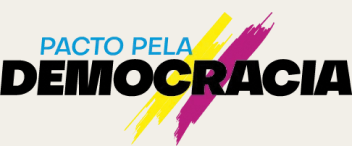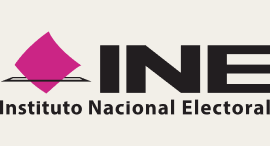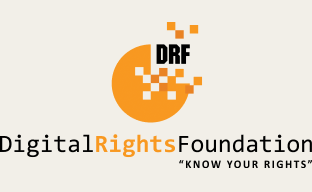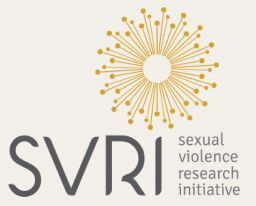Using real-time data from weather events is essential input when designing a project that will serve journalists hoping to cover these types of stories through an editorial collaboration. Through our fellowship program with the Reynolds Journalism Institute, University of Missouri, we enlisted the help of Rachel Behrndt — a Mizzou journalism student — to try and identify some key takeaways from the way this story was covered. She spent hours watching real-time coverage and pouring through stories from this storm in order to give our project some valuable insights:
1. Collaboration is already happening at some level
We observed several reports that indicated that collaboration and content sharing was already happening between some media organizations in their coverage of Florence. For example, The Charlotte Observer posted an article in which the text was all original content from the Charlotte Observer, and the article was supplemented by video content from WBTV. Due to the difference in format and audience, WBTV isn’t in direct competition with The Charlotte Observer, and this shows a willingness to collaborate and share information and content with other journalists.
2. There are obvious areas where resources can be pooled more efficiently
Another area where there is potential for collaboration is the resources that journalists are using for newsgathering. Right now, the official sources journalists are using are similar — if not the same — across many different outlets. We observed many quotes from the National Hurricane Center and the governor’s office of North Carolina, for example. This suggests pooling the collection of such quotes and interviews, which are repetitions and duplicative, may be one area where coordination could help both newsrooms and public information officers. Where information/resources were lacking was in interviews and quotes from real people affected by the storm. Through a universal guide for gathering and finding resources, it may be easier for different outlets to get diverse points of view, which will enrich original reporting. This leads into the next area in which information can be gathered and used to make coverage more diverse and all-encompassing, through the use of user-generated content and social media….
3. Duplication needs to be limited to more effectively serve audiences
With most newsrooms, and in particular newsrooms in small and mid-markets, running on extremely scarce resources, avoiding the duplication of work can be a key benefit of collaboration. This suggests giving newsrooms a way to collaborate on duplicative tasks, for example in the discovery, verification and acquisition of user-generated content, can have a strong positive impact for both newsrooms and audiences. This could potentially allow stations and newspapers to better report the effect the storm is having on their specific coverage area, with more original and in-depth reporting. Additionally, with a more open sharing of information, stations will be able to have access to a greater range of UGC to incorporate into their coverage. office. During times of crisis, exclusivity of information could keep victims of the storm from vital information. Sharing this information not only enriches coverage but could keep people safe in times of disaster.

4. Not every part of a story is competitive
The basic data and information regarding a natural disaster should not be an area on which newsrooms compete — the importance of this information to the wider public is too great, and the cost of duplicating basic the gathering of this data is too high. This doesn’t necessarily mean you have to share all your information with your direct competitor. However, having a common database of information in which stations around the affected state can have access to things like UGC as well as information from official sources will allow audiences across the country to better understand the storm, its path, and the effect it might have.
5. Branding builds trust and profile
Because weather is such an important coverage area for many local and mid-market media, effective branding plays a key role in building trust and audience loyalty. For example, the weather desks of stations often have a piece of equipment which they market, such as a Dallas NBC affiliate "The Thunder Truck." With a shared stream of data and UGC, we can see a potentially valuable and trustworthy "brand" that asserts membership to a reporting collaboration, and access to a wider range of data and content. This brand can be a new area of distinction for newsrooms that participate in the collaboration and the sharing of non-competing content, information and data.
We collaborated with 53 partner organizations worldwide to design and carry out our 2024 elections projects. We extend special gratitude to our lead partners in Brazil, Mexico and Pakistan, whose work we highlight in this essay.



The 2024 elections projects featured in here would not have been possible without the generous support of these funders.












